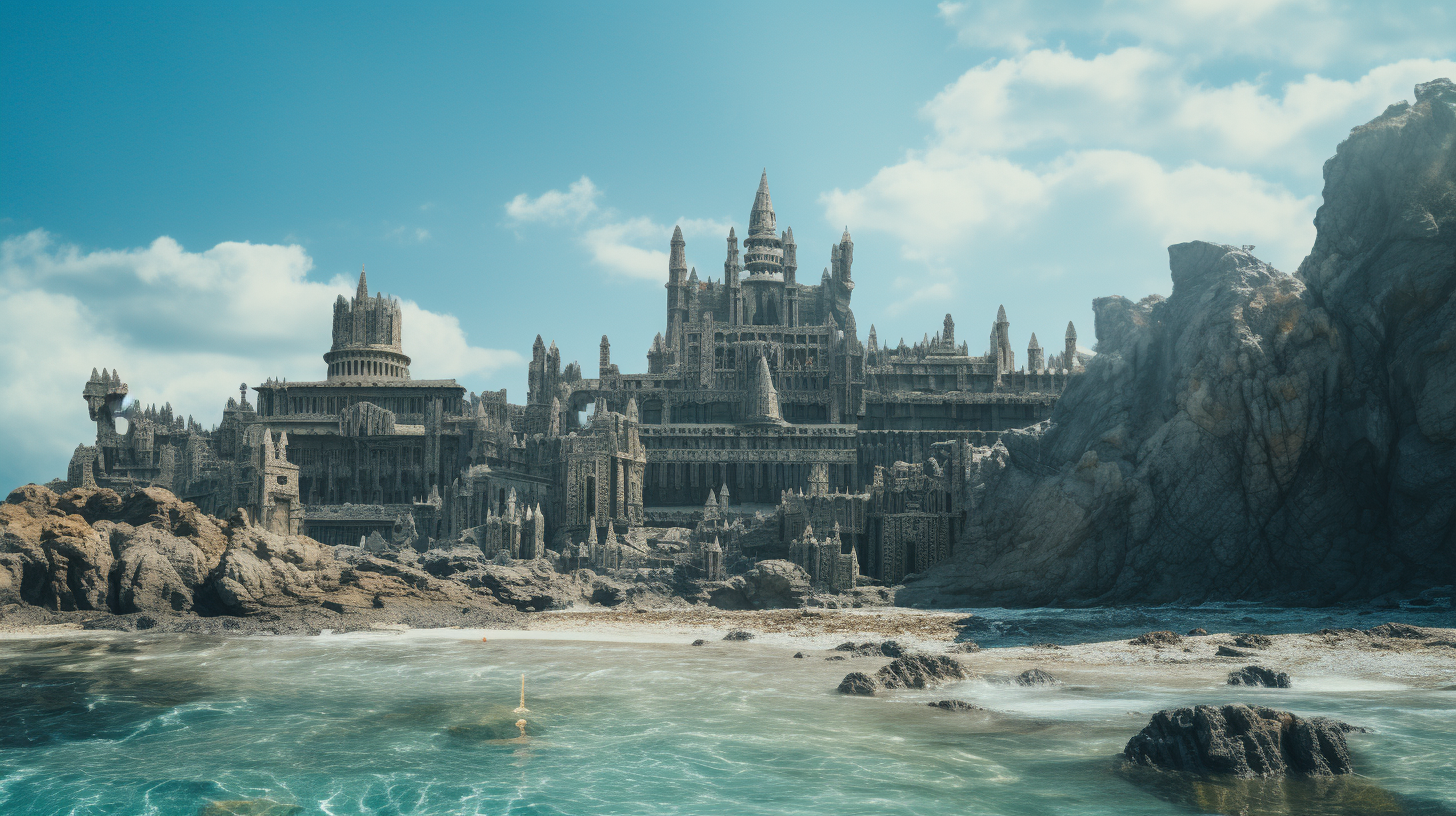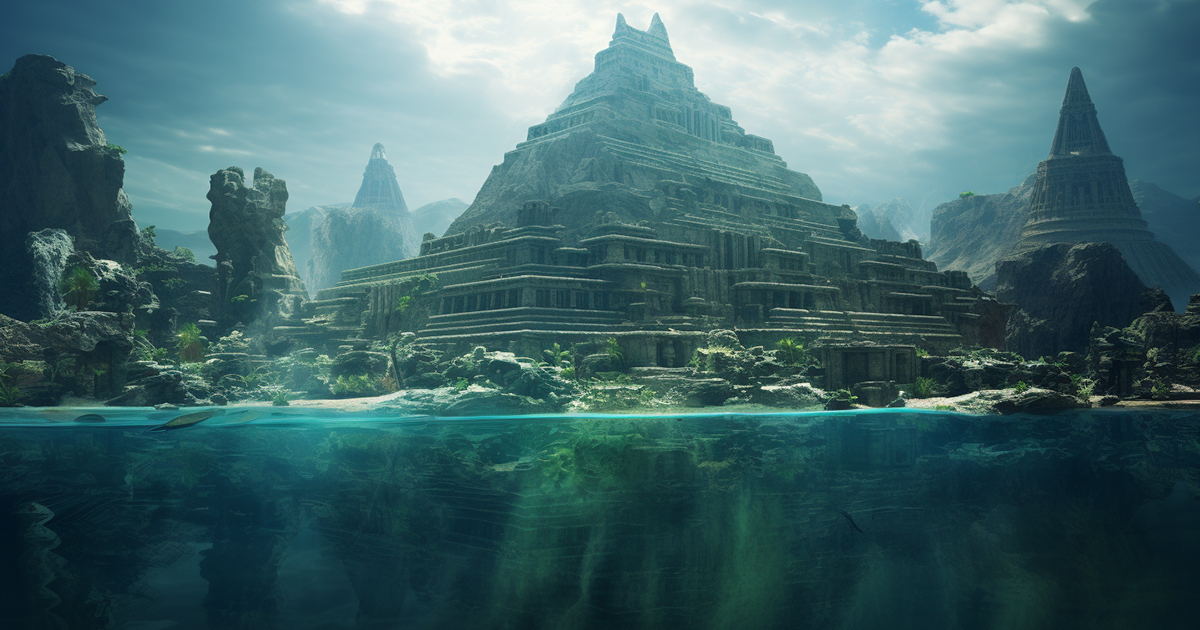In the realm of historical enigmas and intriguing mysteries, few tales captivate the imagination quite like that of Atlantis. Plato, the ancient philosopher, first mentioned this mythical island civilization in his dialogues, Timaeus and Critias, over two millennia ago. According to Plato, Atlantis was a flourishing society governed by laws inscribed on a mysterious pillar, nestled within the Temple of Poseidon at the heart of the island.
This legendary pillar was crafted from a substance known as orichalcum, a term that intriguingly translates to “of unknown origin.” The mere mention of orichalcum has fueled centuries of speculation and exploration. While the television series in question often delves into the fantastical, there’s a real-world aspect to the story that deserves our attention.
The Radiant Metal of Atlantis
In Plato’s accounts, the Temple of Poseidon was said to emit a mesmerizing red light due to the presence of orichalcum. This enigmatic metal, with its coppery hue, has long fascinated historians, archaeologists, and treasure hunters. The copper tint of orichalcum held a mystical allure, drawing seekers to Atlantis in search of its secrets.

But the allure of orichalcum goes beyond its physical appearance; it’s steeped in spiritual significance. Some believe that there was something inherently divine about this metal, something that resonated with the gods. This mystical connection adds a layer of complexity to the story, inviting us to explore the spiritual dimensions of ancient civilizations.
Modern Revelations Beneath the Waves
Fast forward to 2015, off the coast of Sicily, where marine archaeologists made a discovery that reignited the discussion surrounding orichalcum. A sunken shipwreck revealed a trove of 39 metal ingots, which experts confidently declared to be orichalcum. This discovery naturally raised the question: Could Plato’s account of Atlantis be more than just myth? Could this find be evidence of an ancient civilization lost to time?
What makes the discovery of orichalcum particularly intriguing is its composition. Orichalcum is composed of 80% copper and 20% zinc. What’s baffling is that zinc doesn’t occur naturally. It exists in nature as sphalerite, a zinc-sulfur complex. To extract zinc, one must process it from this sulfide, a technology not believed to exist in ancient times.
Plato’s writings, however, offer no insights into how orichalcum was sourced or manufactured, maintaining its shroud of mystery. But given its association with Poseidon and the divine, it’s not outlandish to speculate that the gods themselves may have imparted this knowledge to the Atlanteans.
Ancient Aliens and Extraterrestrial Teachings
Here, we venture into the realm of ancient astronaut theory, a notion that proposes our ancestors received knowledge from extraterrestrial beings. This theory posits that these celestial visitors taught early humans various scientific disciplines, including metallurgy.
The notion is captivating: What if the Atlanteans were indeed guided by otherworldly beings, who instructed them in the art of working with metals? The idea is that these extraterrestrial mentors kickstarted our journey toward becoming the advanced civilization we are today.
In the absence of concrete historical records, we’re left to ponder the tantalizing possibilities. Could the orichalcum discovery be the missing link in the Atlantis puzzle? Did ancient astronauts play a role in the evolution of our species, leaving behind traces of their influence in the form of this mesmerizing metal?
Video:
While the television series may weave an intricate tapestry of intrigue and conspiracy, the story of orichalcum and its connection to Atlantis is a compelling narrative in its own right. It serves as a reminder that even in our age of scientific advancement, there are still ancient riddles waiting to be unraveled, one discovery at a time.

23 thoughts on “Unlocking the Mysteries of Orichalcum: A Dive into Ancient Legends and Modern Discoveries”
Comments are closed.